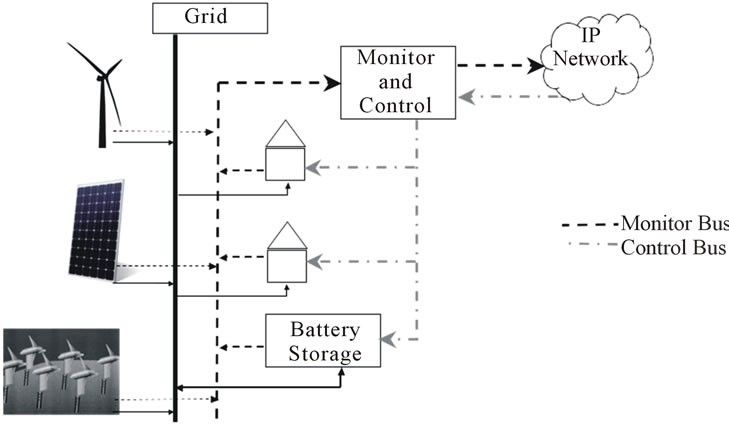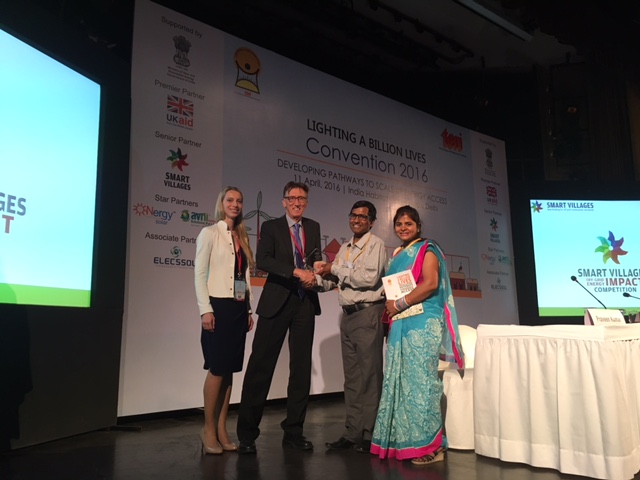

families: they benefit from healthy, quality lighting, and are able to save 2. Not only does the introduction of microgrids into remote areas provide residents with clean energy sources, but it also boosts the overall productivity of the. This project is having a rapid effect on: 1. Andrew Burger Modern, environmentally friendly energy is available to villagers in the Indian Sundarbans the world’s largest, remaining mangrove forest ecosystem thanks to village microgrids deployed as a result of WWF-India’s Project Sahasra Jyoti.
#MICRO GRIDS IN REMOTE VILLAGES FOR FREE#
The kit is installed for free and everyone contributes to the investment by paying for the energy they use. All the houses are linked together to share the energy that's generated. Its first projects consist of microgrids that will power remote villages during outages. Green Mountain Power’s new resiliency zone initiative is using outage and other data to pinpoint places in need of local grid upgrades. Each house has solar panels set up, along with a battery to store power and a control box. The use of renewable energy sources in energy distribution networks as distributed generation sources for dispersed and low consumption loads in remote areas such as remote villages and islands with low population can be a proper solution for reducing economic costs, reducing environmental pollutions and increasing energy efficiency. Solar-powered microgrids add climate resilience in rural Vermont communities. Second, theyre independent from the central grid, which means they can provide backup power during an outage (or serve remote communities that arent able to. Since 2018, Pteah Baitong has put in place solar micro-grids in several villages, providing cheap reliable energy that creates enough power to develop revenue-generating activities. How can anyone live safely, work or study in these conditions? Solution

These don't cost much to buy but are very expensive to use, are a fire risk and emit noxious fumes. In Cambodia, 64% of families in rural areas are not connected to the electricity grid and have to use kerosene lamps or old car batteries.


 0 kommentar(er)
0 kommentar(er)
